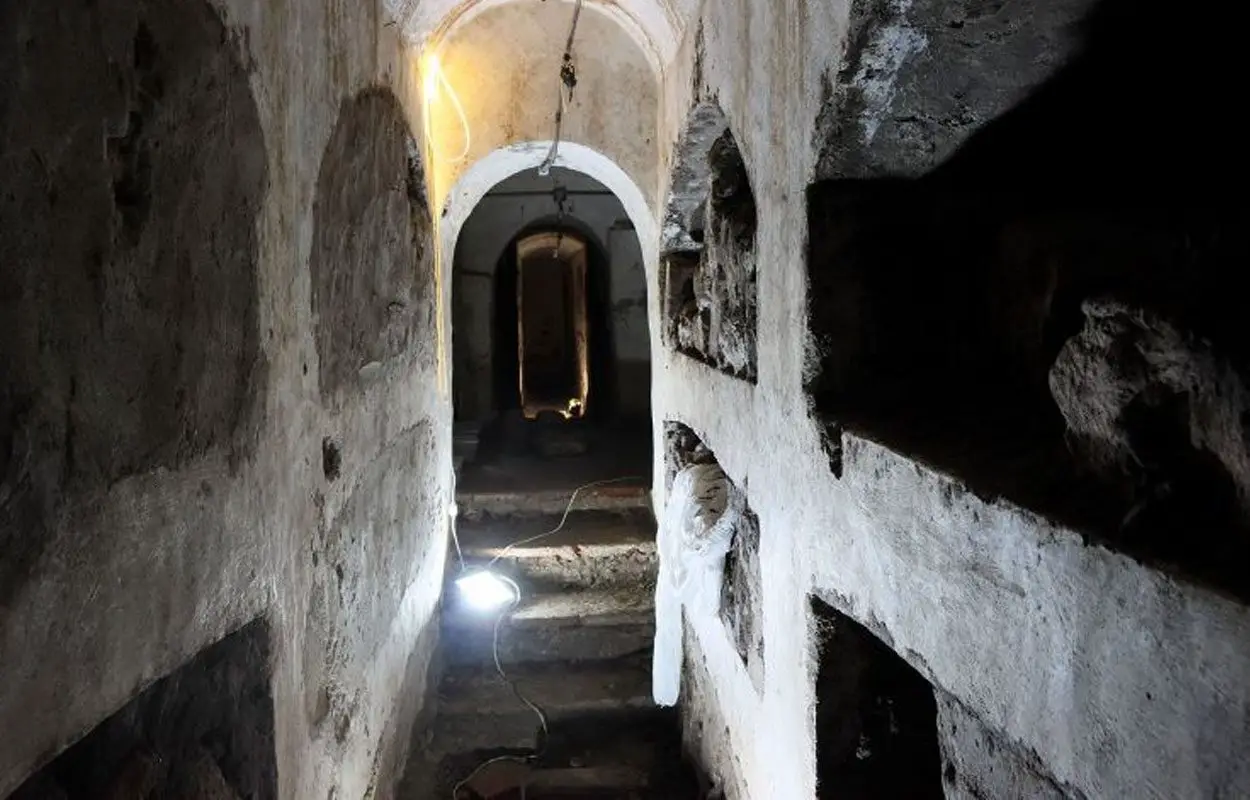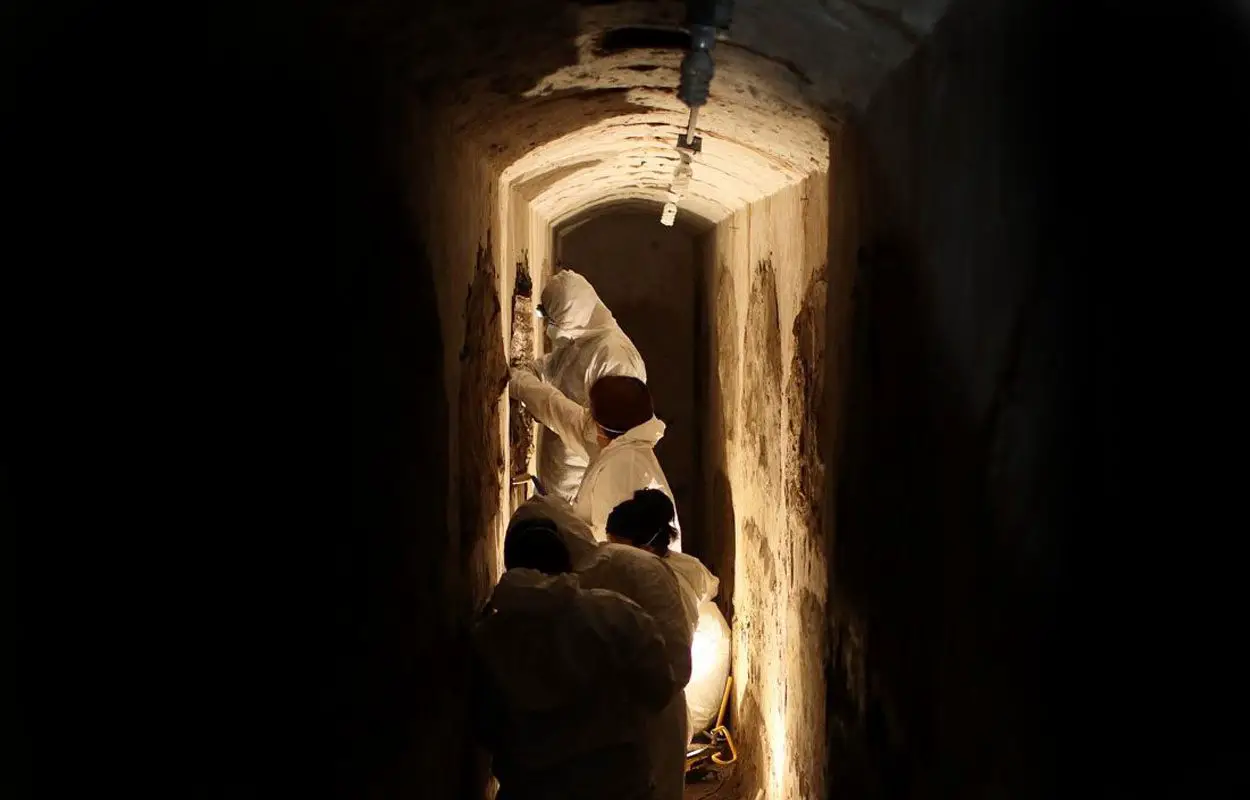Archaeologists from the National Institute of Anthropology and History (INAH) are conducting a study of the catacombs beneath the church of Saint Bartholomew Parish in Hueypoxtla, Mexico.
Saint Bartholomew Parish is a Catholic church in the Diocese of Cuautitlán which is dedicated to Saint Bartholomew the Apostle. In 1934, a large catacomb complex was discovered beneath the church belonging to Spaniards and indigenous people who lived around Hueypoxtla during the 16th to 19th century.
The catacombs are located under the central nave of the church and measure 30.4 metres in length in an east-west direction. The central corridor is flanked by two walls with columns and contains up to 72 crypts.
A project involving INAH and experts from the Bioarchaeology Laboratory of the National School of Anthropology and History (ENAH) are conducting a study of the catacombs to try and identify those interred by cross referencing with the church’s archival information.

The researchers are also gathering data on how many individuals are buried, as well as studies to determine their age, gender, and cause of death.
“Various material evidence is observed: an adult buried in a coffin, another wrapped in a petate (matting made of dried palm leaves or grass), another one who was placed beneath a pile of stones and infants wearing metal crowns on their heads,” Ruíz Albarrán details.
Archaeologists have also found ceramic potsherds, obsidian fragments, and animal bones, which were used as a filling material to seal the crypts.
According to the researchers: “It is hoped that the investigation in the parish archive and in other collections, such as that of the municipality or those of the dioceses of Texcoco and Cuautitlán, will make it possible to clarify when the crypt was built and perhaps identify who was buried.”
Header Image Credit : Luis Gerardo Peña Torres





